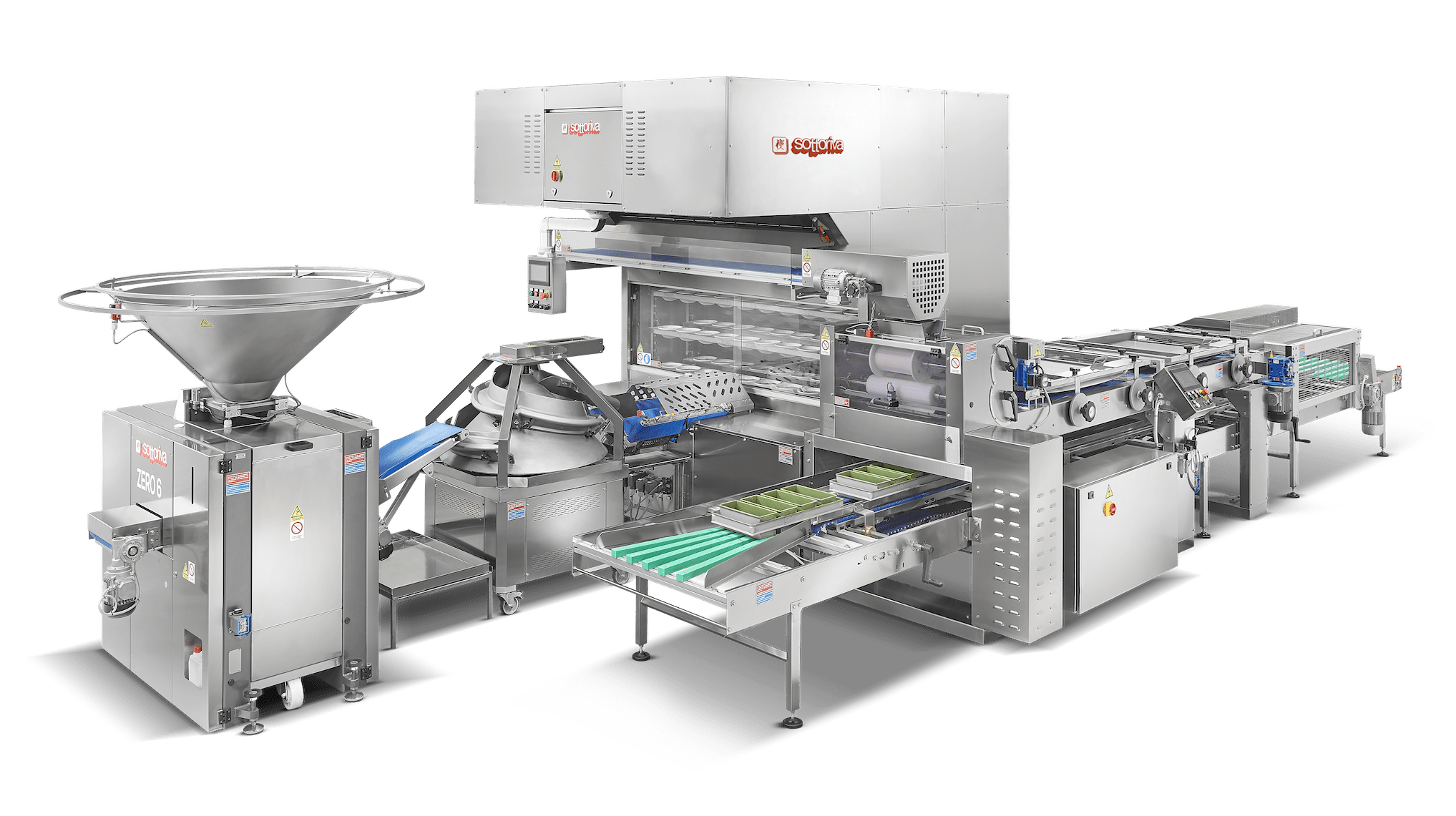
On the occasion of IBA, the exhibition dedicated to the baking market, today we turn our focus to bakery and pastry products. Visitors will certainly have the opportunity to see the latest technologies on the market, as well as discover new developments in ingredients, dough mixers, ovens, and so on-essentially everything needed to keep this sector highly competitive among artisans and largescale industries.
The importance of an event like this lies in the global perspective that exhibitors will offer to visitors: this market is proving to be very dynamic because, in many countries, the consumer demand for bakery products is growing, and this demand is geared towards products different from the traditional ones or that can satisfy different palates worldwide.
In this article, I would like to draw attention to a specific aspect of this expanding market, both in terms of size and product differentiation: food waste during the distribution, retail sale, and consumption of bakery products, primarily due to their reduced shelf life. This challenge affects not only the economy of companies but also puts a strain on natural resources, which are under severe stress today.
Hence, there is a need to use appropriate packaging material to extend the shelf life of bakery products, such as the much-loved croissants that wake almost everyone up in the morning: whether they prefer them sweet or savory, mini-sized, or dipped in cappuccino, etc.

The loss of crust crispiness, coupled with maintaining the softness and compactness of the crumb, represents the main challenge in preserving the shelf life of croissants. This is largely due to the migration of water from the crumb to the crust during the storage period. So how can packaging material maximize the preservation of such a sophisticated food structure? This question applies to pre-packaged, not bulk foods and should be contextualized for each trading country.
However, good packaging material for croissants acts on controlling the rate of moisture transfer in the product and the surrounding environment. In fact, crispiness tends to be lost after 6 hours of storage from when it is packaged, while the softness of the crumb can be maintained for up to 24 hours.
Suitable materials include perforated monolayer and multilayer polypropylene films or a polyethylene film. Especially when croissants are packaged, the humidity rate is high, and migration occurs from the crumb to the crust and subsequently to the surrounding atmosphere; thus, the moisture migration is further influenced by the water vapor barrier property of the packaging material. In other words, moisture migration in croissants can be slowed down by selecting the right primary packaging material; or by making modifications to the product formulation (such as using polysaccharides and fats), although this is often a lengthy and expensive process.
The approach to problems concerning the preservation of products with specific characteristics should include packaging design to obtain consumer feedback, especially concerning the sensory evaluation of the product itself. Specifically, for croissants, when selecting packaging material for a new product or for modifying its formulation, critical values such as moisture content and water activity (aw) must be managed well, as they confer the organoleptic acceptability of the product.
A crispy crust with a softer crumb is the salient structural feature of bakery products, as in crunchy bread, creamfilled pastries, or Danish pastries. In fact, moisture loss in these foods tends to reduce their expiration date because the product becomes undesirable for consumption, and thus waste increases, as stated above (consider, for example, bread where the crust softens and the crumb hardens or stale bread).
Furthermore, moisture control is also necessary during storage, for composite foods (breakfast cereals, cookies, cream wafers, etc.). In this case, the aw gradient and migration speed can be minimized using humectants. It can be concluded that moisture exchange between a bakery product and its surrounding atmosphere must be controlled to ensure optimal preservation, and the main factors are product formulation, storage conditions, and appropriate packaging material.


The classification of bakery products includes various categories, and for each, different information concerns their preservation. To optimize the latter’s yield, it is not sufficient to define all bakery products in the same manner. For example, croissants and pastries are smallsized bakery products, classified in the “fine bakery products” category.
Due to the vastness of the market for these products, it is very complex to provide a generic classification; rather, the characteristics of each should be specified in detail. For instance, pastry products are grouped based on the fat proportions in the recipe and the resulting consistency; or if made with fermented shortcrust pastry containing fats between 40-50 g/100 g of flour and a soft and tender consistency; or with fermented dough containing fats between 15 g/100 g of flour and a light and crumbly consistency (puff pastry), among which croissants are also defined as “fermented dough” products, or more broadly, as “oven-baked.”
In conclusion, finding an optimal balance between the critical content of the product and the performance of barrier materials is even more challenging when it comes to bakery products due to the unique sensory parameters of this varied category.
Moreover, the standards of freshness sought in these types of pre-packaged products are hard to achieve because the evaluation of sensory acceptability, such as crispiness and the sensation of fragrance to the taste, are particularly influenced by packaging conditions. Nonetheless, the market is always receptive to capturing new ideas to optimize not only this production criticality of bakery products. To stand out in such a crowded market, it is therefore important to be able to create distinctive and cutting-edge bakery products.
This also includes formulating new flavors and unique ingredients or new packaging that can preserve the characteristics of fragrance for a long time, avoiding food waste. Presentation plays a crucial role in the bakery sector, with various layouts and packaging options to make products visually appealing and distinguish them on the shelves, while still opting for environmentally low-impact packaging materials.




